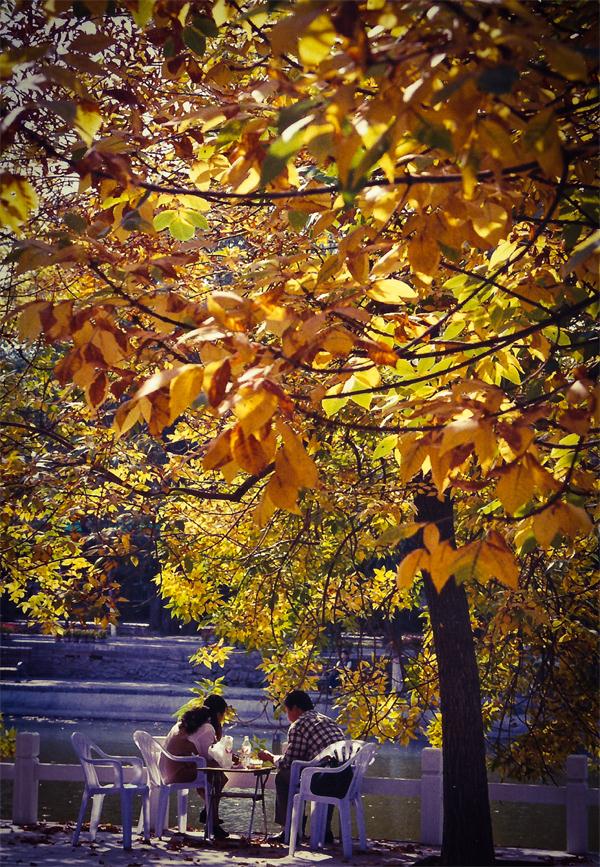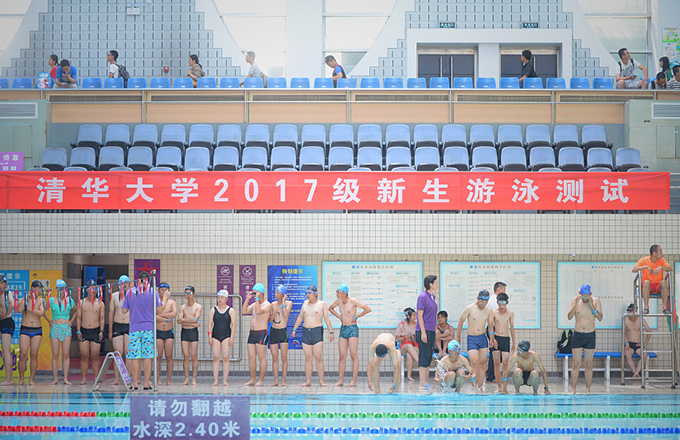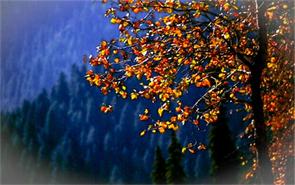Journey to the Lake of Heaven
 |
|
Autumn Renmin Park Urumqi 1997. [Photo by Bruce Connolly/chinadaily.com.cn] |
The Lake of Heaven occupies much of a high valley nestling below ice-covered, 5,445 meters high Bogda Feng - part of the eastern extension of Tianshan. Near the lake, within a broad pass through the mountain ranges, sits Urumqi, capital of Xinjiang Uyghur autonomous region.
In late September 1997 I was on a train traveling along the Hexi Corridor from Lanzhou in Gansu to Urumqi - a route roughly following the fabled Northern Silk Road and today a major element within China's Belt and Road Initiative. As we rolled northwest I was increasingly struck by the sheer harshness of the landscape: the dryness, the lack of green and practically no settlement except around large oasis towns, such as Hami. Roughly, only 10% of Xinjiang can support human habitation. Oases were at the heart of the early trade routes. Places such as Turpan, which I would later visit, create fascinating travel experiences.
It was still dark at 6:45 am when the train pulled into Urumqi. It's a place that is farther from the sea than any other world city and right at the heart of the Eurasian continental mass. Like everywhere in China it follows Beijing time and being so far west, results in dark mornings but beautiful long sunny summer evenings. Urumqi effectively is a higher altitude oasis fed from the waters of the Tianshan, its name implying "beautiful pasture". Earlier a Silk Road staging post, today it is a gateway to the Lake of Heaven roughly two hours away. Most travelers pass through Urumqi, either heading straight to the lake or to fabled oasis settlements. I ended up spending a week in the city in 1997, finding it one of the most fascinating I had been to in China.



















